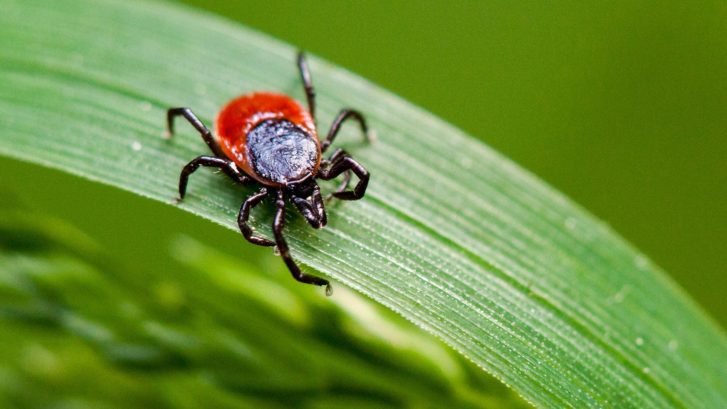Lyme Disease Now Found In All 50 States
In case you thought we here in Florida didn’t have to concern ourselves with Lyme disease because it’s been confined to the Northeast U.S., new data demonstrate that’s no longer the case. Your concierge family practice doctors in Jupiter want to warn you that living here is no longer protection from this tick-borne disease, and to outline the steps you need to take to protect yourself and your family.
A new report this month from clinical laboratory Quest Diagnostics, based on more than six million blood tests taken by doctors around the country over the past seven years, found that Lyme disease now exists in all 50 states and the District of Columbia. While Pennsylvania and six New England states still lead in the diagnoses of this illness, 501 infections were found in Florida, representing a 77 percent increase since 2015.
According to the Lyme Disease Association, Inc., (LDA) the infection is cause by a spiral-shaped bacteria, Borrelia burgdorferi (Bb), which is usually transmitted by the bit of an infected deer tick. The longer the insects stay attached to the host, the greater the chance for transmission of the disease, though no definitive timeframe has been established. The LDA notes that the Bb bacteria can also be passed through the placenta of a pregnant woman to her fetus.
You may have heard of the telltale bull’s-eye rash that is a classic symptom of Lyme disease, but only nine percent of those infected will show this symptom. Between 50 and 80 percent of those who contract Lyme disease will exhibit another type of rash, either at the site of the bite or elsewhere on the body. It is usually not itchy or painful, and may be mistaken for a spider bite.
It’s important to note that although tick bites are the primary cause of Lyme disease, not everyone will recall having been bitten by a tick, especially if the insect attached to an area of the body that is not readily visible.
Other symptoms, which may appear from days to months after the tick bite, can include:
- a flu-like illness
- fever
- headache
- extreme fatigue
- problems with short-term memory
- nerve pain
- heart palpitations or irregular heartbeat
- red ear lobes
- facial palsy (a “droop” on one or both sides of the face)
- jaw pain
- neck and back pain
- shooting pains, numbness, or tingling in the hands or feet
- joint pain and swelling, particularly the knees
- swollen lymph nodes
- bone pain
When Lyme disease was first recognized, it was thought to be a short-term illness. Then many previous sufferers began complaining of symptoms that lasted months or years, and the term “chronic Lyme disease (CLD)” was coined. Victims claimed that long-term antibiotic treatment was necessary for a cure. Lacking sound scientific evidence for this syndrome, most medical professionals remain somewhat skeptical and reluctant to authorize this treatment, especially since long-term antibiotic use has been associated with serious complications.
So how can you avoid this debilitating disease? The Centers for Disease Control and Prevention (CDC) offers the following recommendations:
Before You Go Outdoors
- Know where to expect ticks (grassy, bushy, or wooded areas, and on animals).
- Treat clothing and gear with products containing 0.5 percent permethrin.
- Use Environmental Protection Agency (EPA)-registered insect repellents (found here: https://www.epa.gov/insect-repellents), and always follow instructions.
- Walk in the center of trails.
After You Come Indoors
- Check your clothing for ticks, and tumble-dry clothing in a dryer on high heat for 10 minutes to kill them.
- Examine gear and pets for hitchhiking ticks.
- Shower soon after being outdoors.
- Check your and your child’s body for ticks after being outdoors. This full-body check should include: under the arms; in and around the ears; inside the belly button; the back of the knees; in and around the hair; between the legs; and around the waist.
Treatment involves the use of oral antibiotics for early-stage Lyme disease, and intravenous antibiotics if the disease has progressed to the central nervous system.
If you have been bitten by a tick and later develop any of the symptoms listed above, see us, even if symptoms disappear. The sooner treatment begins, the easier it is to eradicate the bacteria.

